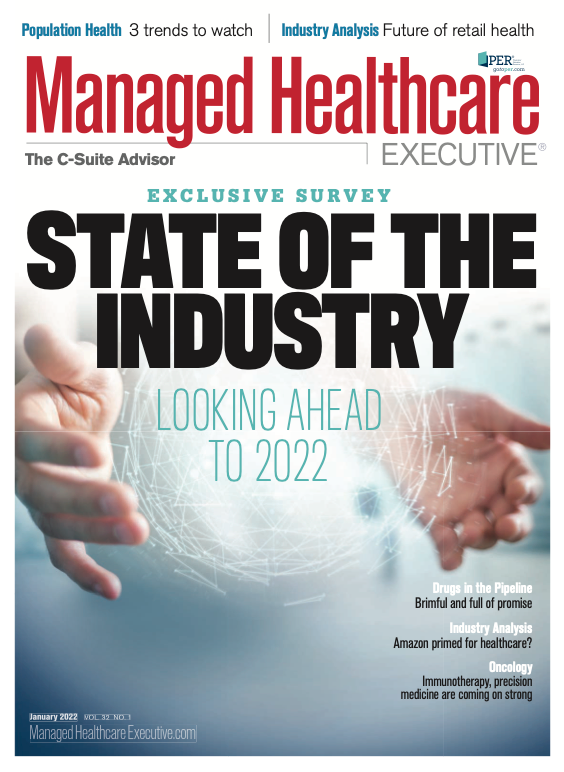How to Make Americans Better Shoppers of Healthcare
U.S. healthcare is the most expensive healthcare in the world. Many of the policies and programs designed to rein in those costs have been predicated on the idea that information about quality and price would make Americans more discerning shoppers of healthcare — and with that shopping would come some market discipline.
U.S. healthcare is the most expensive healthcare in the world. Many of the policies and programs designed to rein in those costs have been predicated on the idea that information about quality and price would make Americans more discerning shoppers of healthcare — and with that shopping would come some market discipline. In November, the Commonwealth Fund published a report that provided an overview of this 40-year effort to infuse “consumerism” into American healthcare.
The results have not been very encouraging, according to the report. Take high-deductible plans. With “skin in the game,” people were supposed to have an incentive to spend healthcare dollars wisely. Instead, says the Commonwealth Fund report, high-deductible plans have led people to “indiscriminately limit their use of care, including both high-value and low-value services.”
Private groups and the government have produced quality report cards and ratings, but only a relatively small fraction of patients use them. The same is true of pricing information, although the new price transparency rules for health plans that go into effect in July may finally help bring about some price consciousness.
Has healthcare consumerism had any successes? The Commonwealth Fund report points to benefit designs that have linked cost sharing to value, thereby giving people a clear incentive to pick the higher-value drug or healthcare service. Tiered prescription drug formularies led to lower use of brand-name medications to lower spending, the report notes, although an unintended consequence may be less adherence (and there are issues with how formularies are shaped by rebates and other financial considerations).
The report hat tips value-based insurance design that lowers or even eliminates co-pays for high-value drugs or services.
Turning Americans into value-seeking, price-watching shoppers for healthcare remains an unfinished, patchy project at best.Success, says the Commonwealth Fund report, will require integrating price data, quality information and financial incentives so people can look for and select lower-cost, higher-quality providers and care. But as the past 40 years have shown, words are more easily said than deeds are done.

Conversations With Perry and Friends
April 14th 2025Perry Cohen, Pharm.D., a longtime member of the Managed Healthcare Executive editorial advisory board, is host of the Conversations with Perry and Friends podcast. His guest this episode is John Baackes, the former CEO of L.A. Care Health Plan.
Listen
Why Better Data and Awareness Matters for Medicaid Work Requirements
April 17th 2025With policymakers considering work requirements for Medicaid eligibility, Jennifer Haley, principal research associate in the Health Policy Division at the Urban Institute, said it’s more important than ever to understand how those changes could unintentionally cause harm, particularly when data systems fall short and public awareness is limited.
Read More
Breaking Down Health Plans, HSAs, AI With Paul Fronstin of EBRI
November 19th 2024Featured in this latest episode of Tuning In to the C-Suite podcast is Paul Fronstin, director of health benefits research at EBRI, who shed light on the evolving landscape of health benefits with editors of Managed Healthcare Executive.
Listen
Medicaid Expansion Linked To Timelier Lung Cancer Surgery and Access to High-Volume Hospitals
April 17th 2025New research shows that Medicaid expansion was linked to a 2.1% increase in timely lung cancer surgeries and a 2.8% rise in procedures at high-volume hospitals, highlighting how policy changes can impact cancer care access.
Read More